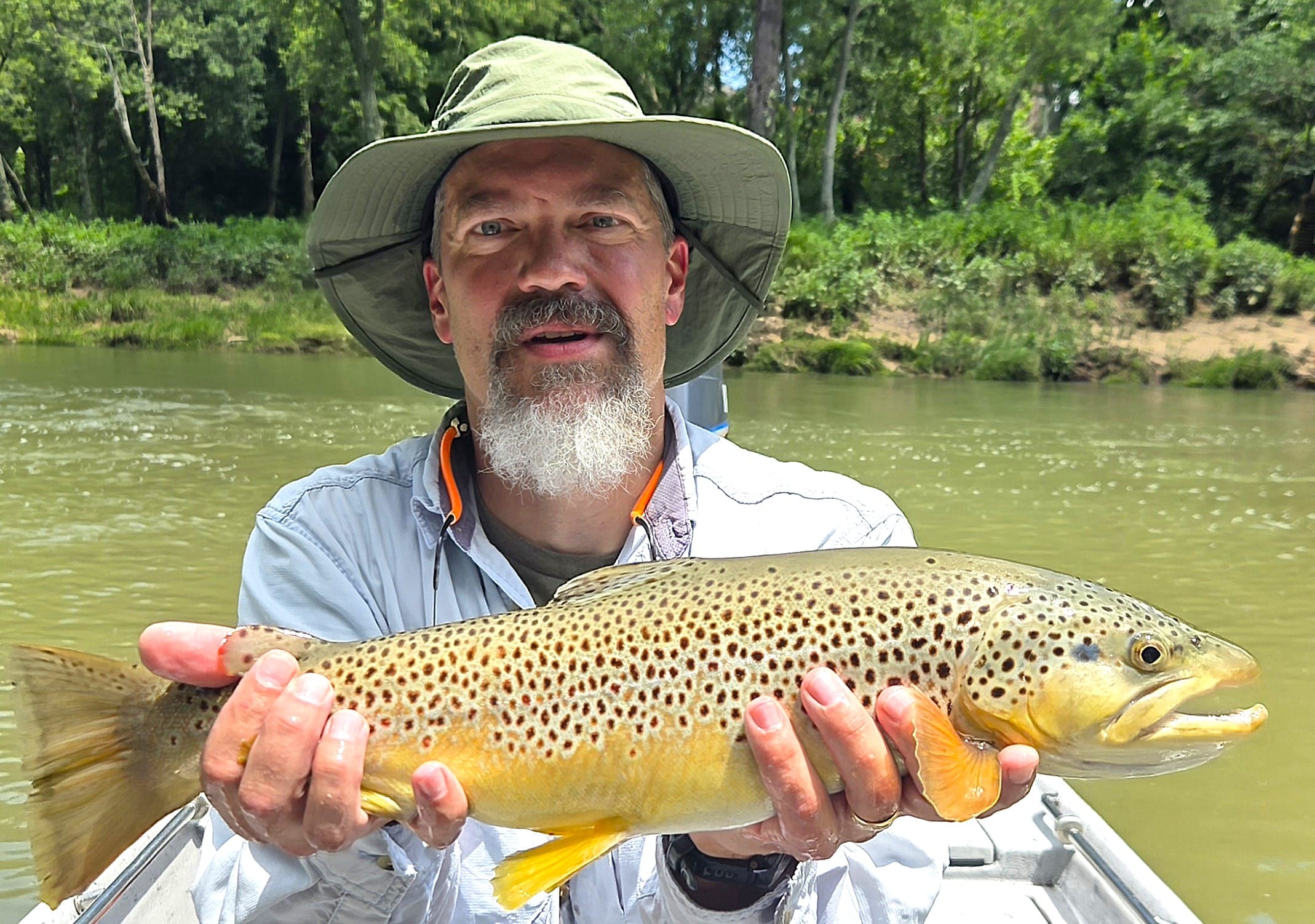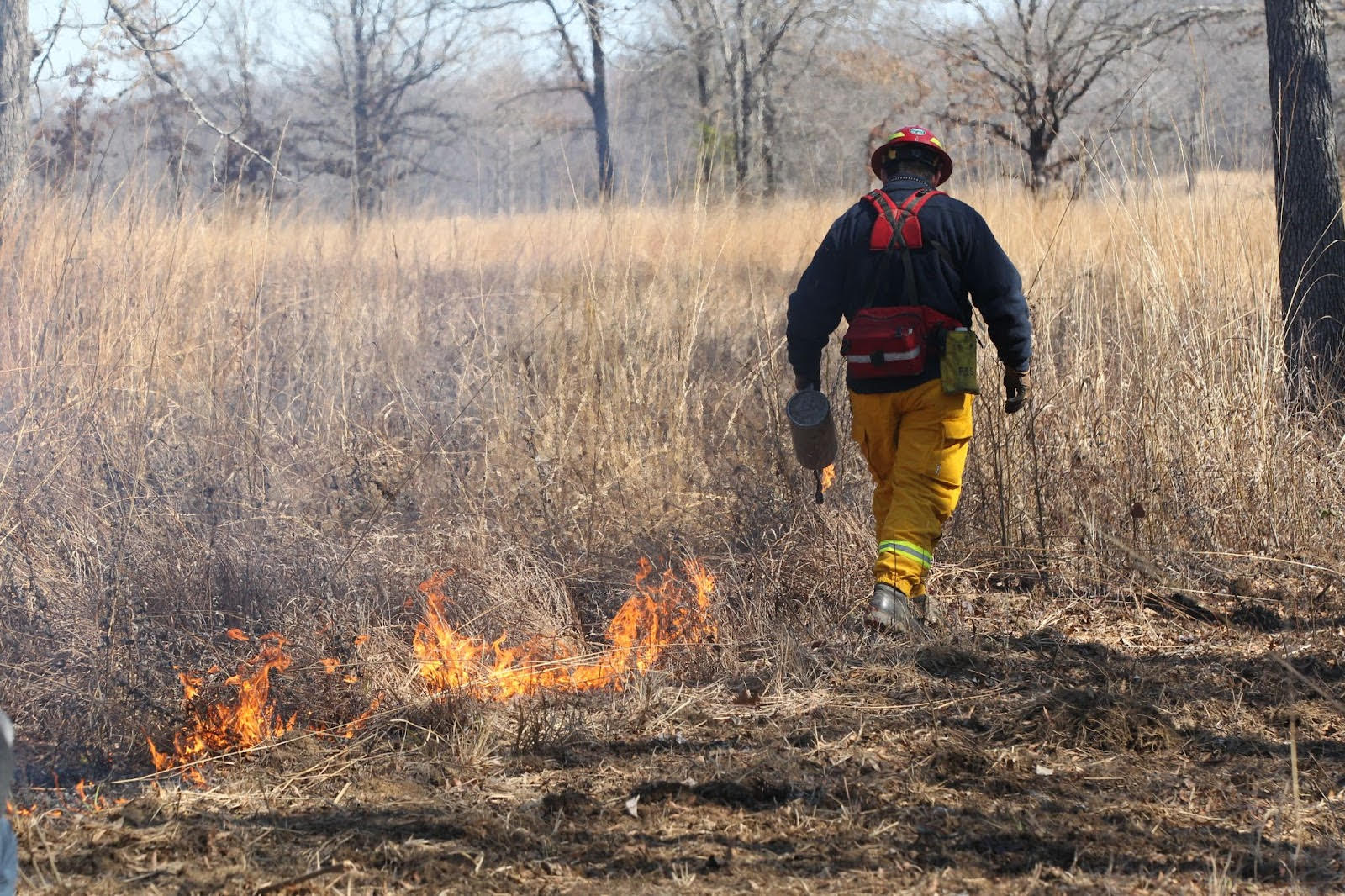Partnership adds 686 acres of public opportunity
ON 06-13-2018

June 13, 2018
Randy Zellers
Assistant Chief of Communications
LITTLE ROCK – Arkansas hunters have 686 acres of new publicly accessible land throughout the state, thanks to a continued partnership between the Arkansas Game and Fish Commission and the Arkansas Department of Transportation.
The following land will be added to the AGFC’s wildlife management system for the 2018-19 season:
- 161 acres added to Sulfur River WMA in Miller County
- 282 acres added to St. Francis Sunken Lands WMA in Poinsett County
- 158 acres added to Dardanelle WMA in Johnson County
An additional 85 acres also will be added to AGFC-managed lands in Jackson County along Village Creek, which should provide more access for paddling and fishing in northeast Arkansas.
The land, all owned by ArDOT, is part of a federal requirement to offset any wetlands that could possibly be impacted by roadway development.
“The program actually is part of a mitigation rule passed in the Clean Water Act,” said Jennifer Sheehan, chief of the AGFC’s Environmental Coordination Division. “It calls for no net loss of wetland acreage, which often means the purchase and protection of wetlands to replace ones where impacts will be unavoidable but necessary.”
Sheehan explains that thousands of acres of such wetlands have been in place for decades, but ArDOT really did not have any plans for the property outside of fulfilling their mitigation enhancements. Hunting, however, offers an opportunity for the public to use these lands, and has very little, if any, impact to the wetland resource, when properly managed.
“This public land was just sitting there, and we thought it would be best to give public access to the land they essentially own,” Sheehan said. “We conducted a pilot project last year, adding 850 acres of mitigation property along Glaise Creek in White County to Departee Creek WMA. Many hunters took advantage of this newly opened property, and we received many reports from the field of successful hunts.”
Mikki Matthews, ArDOT advanced water resources specialist, says many more blocks of mitigation lands are available, but should be looked at on an individual basis before merging them into wildlife management areas.
“Some of these places may be a 5-acre plot in the middle of a right of way, but others are larger blocks, some even dating back to the 1990s,” Matthews said. “Public dollars paid for these lands, and where possible and practical, we want to give them the access to enjoy it.”
Matthews says the inclusion into the AGFC’s WMA system should help prevent illegal dumping on mitigation land, not only from added enforcement from wildlife officers, but also from sportsmen reporting when such activities occur.
Sheehan is excited about future opportunities to partner with agencies such as ArDOT, and even hopes to have the opportunity to help refine decisions on future mitigation lands that can be included in this partnership.
“Now that this sort of partnership is in place, we may be able help guide land selections to get the best benefit for the wildlife, wetlands and the hunters who enjoy them,” Sheehan said.
Recent News

Arkansas Wildlife Weekly Fishing Report
Jul. 3, 2025
Subscribe to Our Weekly Newsletter E-mails
Don’t miss another issue. Sign up now to receive the AGFC Wildlife Weekly Newsletter in your mailbox every Wednesday afternoon (Waterfowl Reports are published weekly during waterfowl season and periodically outside the season). Fishing Reports arrive on Thursdays. Fill in the following fields and hit submit. Thanks, and welcome!

